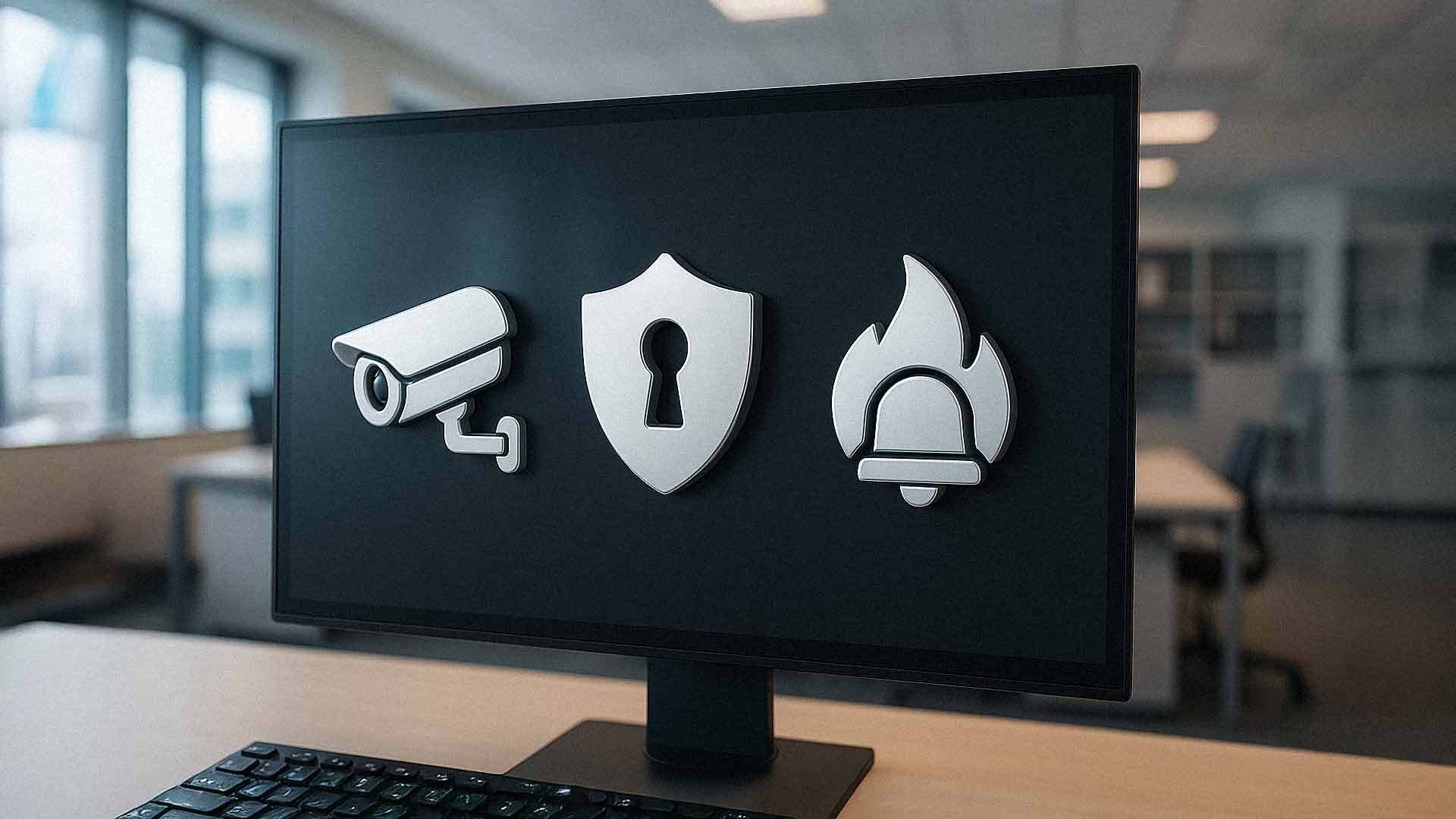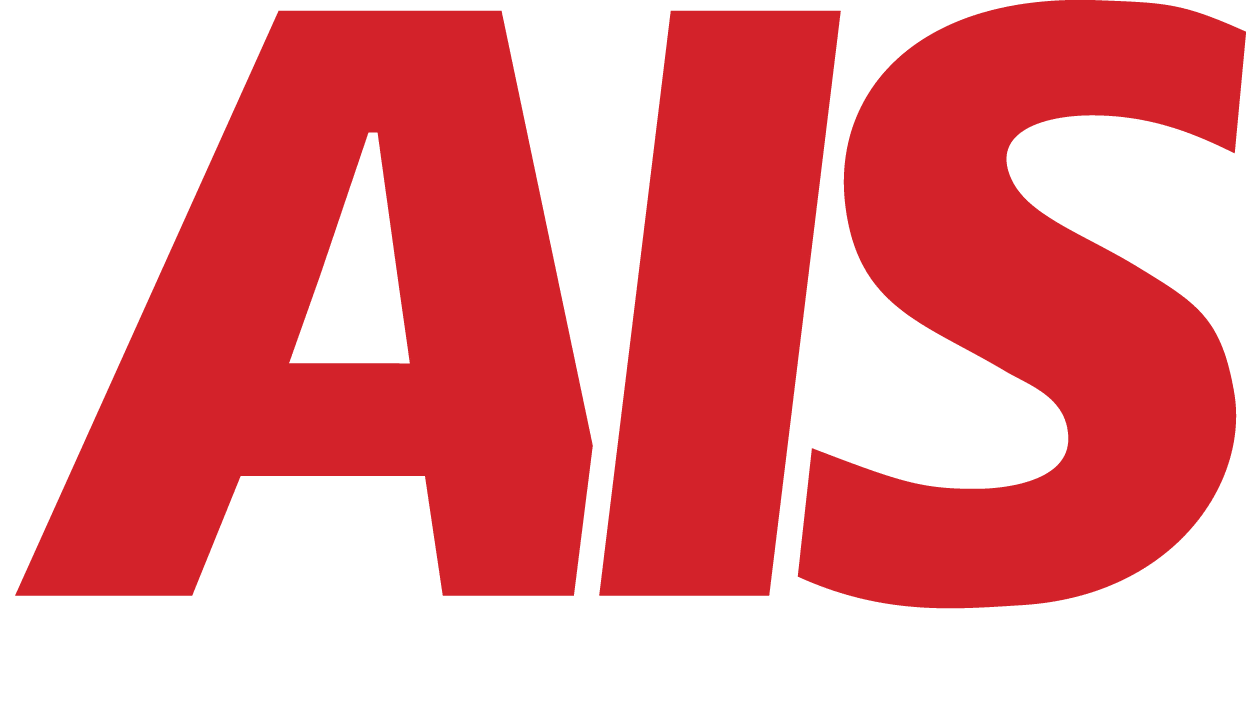Integrating Video Systems with Intrusion, Fire, and Alarm Systems
October 28th, 2025 | 5 min. read

Most businesses start with separate security systems. There might be a video camera in one corner, an alarm panel by the front door, and a fire detection system installed years ago.
Each does its job well, but when they do not communicate with one another, you lose valuable time and context during an emergency.
When a break-in or fire occurs, every second counts. Disconnected systems create confusion and delays, which in turn make response times longer.
Integrating your video surveillance, intrusion detection, and fire and alarm systems brings all your safety tools together under one platform.
This integration provides you with complete visibility, faster response times, and improved coordination during any event.
What Security System Integration Means
Integration means connecting different safety systems so they communicate and work as one. Instead of operating independently, your cameras, sensors, and alarms share information instantly.
For example:
- When a door alarm sounds, nearby cameras begin recording automatically.
- If a smoke detector activates, exit doors unlock, and cameras record evacuation routes.
- A motion sensor can trigger a live video alert sent directly to your phone.
This level of communication reduces false alarms and gives you real-time information to make faster decisions.
The Core Components of Integrated Security
An effective integrated system connects three main elements: video surveillance, intrusion detection, and fire and life safety systems.
1. Video Surveillance Systems
Modern video systems do more than record. They provide live visibility, intelligent analytics, and evidence for investigations.
Key features include:
- High-definition or 4K resolution
- Motion-triggered or event-based recording
- Remote viewing and management
- Cloud or hybrid video storage
- Artificial intelligence for object recognition and tracking
When paired with intrusion and fire systems, cameras activate automatically during an event so your team can see what is happening immediately.
2. Intrusion Detection Systems
Intrusion systems include motion sensors, door contacts, alarms, and control panels that detect unauthorized access. When they operate alone, someone must manually verify each alert.
When connected to your video system, alarms and motion sensors automatically trigger video recording and display the feed in real time.
Benefits include:
- Visual confirmation of every alarm
- Faster police or internal response
- Fewer false alarms
- Accurate records of every event
This integration helps your team react with certainty instead of guesswork.
3. Fire and Life Safety Systems
Fire and smoke alarms protect your people and property. Integrating these systems with video and access control improves safety coordination.
With integration, you can:
- View live camera feeds from affected areas
- Unlock emergency exits automatically
- Guide evacuation routes
- Verify that all employees and visitors have exited safely
This visibility helps first responders assess the situation immediately and react more efficiently.
How Integrated Systems Work Together
When all systems communicate, every event triggers a coordinated chain of actions.
- An event occurs. A motion sensor detects activity after hours, or a fire alarm activates.
- Video and alerts activate. Nearby cameras begin recording, and live footage appears in your central dashboard.
- Automated actions follow. Doors lock or unlock depending on safety protocols. Notifications go out to staff, managers, and security teams.
- Data is recorded and stored. Every action, video clip, and alert is logged automatically for reporting and compliance.
This sequence ensures a fast, consistent response for every emergency.
Benefits of Integrating Video, Intrusion, and Fire Systems
1. Faster Emergency Response
Integrated systems give your team instant visibility into what is happening. You can confirm the situation before dispatching help, which saves time and prevents confusion.
2. Fewer False Alarms
False alarms cost time and money. Integration allows you to verify alarms through video before contacting authorities, which prevents unnecessary emergency calls.
3. Centralized Monitoring
A unified platform lets your security team monitor every system from a single dashboard. You can check alerts, view footage, and control access in one place.
4. Better Situational Awareness
Video confirmation provides context. During a fire or intrusion, you can see where people are, which areas are affected, and what actions to take.
5. Easier Compliance and Reporting
Many industries require detailed security records. Integrated systems log every event automatically, simplifying compliance for standards such as HIPAA, OSHA, and NFPA.
6. Lower Long-Term Costs
Integration often uses your existing hardware. By connecting current cameras, alarms, and panels through software, you extend their life and improve performance without replacing everything.
Key Considerations Before Integrating Systems
1. Compatibility
Not all equipment works together. Make sure your systems support integration through ONVIF standards or open APIs. A qualified security provider can confirm this.
2. Network Performance
Video uses more bandwidth than alarms or sensors. Verify that your network can handle the additional data without slowing performance.
3. Scalability
Choose systems that can grow with your business. You should be able to add cameras, sensors, or buildings later without major upgrades.
4. Access Control
Limit who can view or manage security data. Use role-based permissions so only authorized users can see sensitive footage or make system changes.
5. Maintenance and Testing
Integration adds capability but also complexity. Regular testing ensures that alarms, notifications, and cameras respond correctly during real events.
The Role of Managed Security Providers
Working with a Managed Security Provider (MSP) like AIS simplifies system integration. Instead of juggling multiple vendors, you have one partner handling everything from design to monitoring.
A managed provider delivers:
- A single platform for video, fire, and intrusion monitoring
- Remote access for authorized users
- Routine system checks and updates
- Automated reports for compliance or insurance
- 24/7 support from trained technicians
AIS helps businesses across Las Vegas and Southern California create integrated security solutions that protect people, assets, and property efficiently.
Industries That Benefit Most
Integration provides value across all industries, but some benefit immediately:
- Healthcare: Improves patient safety and privacy while meeting HIPAA requirements.
- Manufacturing: Protects inventory and reduces downtime from safety incidents.
- Retail: Reduces theft and increases employee safety.
- Warehousing: Monitors large areas and verifies events automatically.
- Education: Provides complete campus visibility and faster emergency coordination.
In any environment, integration creates stronger, more connected protection.
Next Steps: Request a Security Integration Assessment
If your video, fire, and alarm systems operate separately, you may be missing critical protection. A Security Integration Assessment identifies compatibility, network readiness, and cost-effective improvements.
AIS designs and manages integrated systems that provide visibility, control, and peace of mind. We help you transform multiple standalone tools into one cohesive security solution that protects your business every day.
A true southerner from Atlanta, Georgia, Marissa has always had a strong passion for writing and storytelling. She moved out west in 2018 where she became an expert on all things business technology-related as the Content Producer at AIS. Coupled with her knowledge of SEO best practices, she's been integral in catapulting AIS to the digital forefront of the industry. In her free time, she enjoys sipping wine and hanging out with her rescue-dog, WIllow. Basically, she loves wine and dogs, but not whiny dogs.



